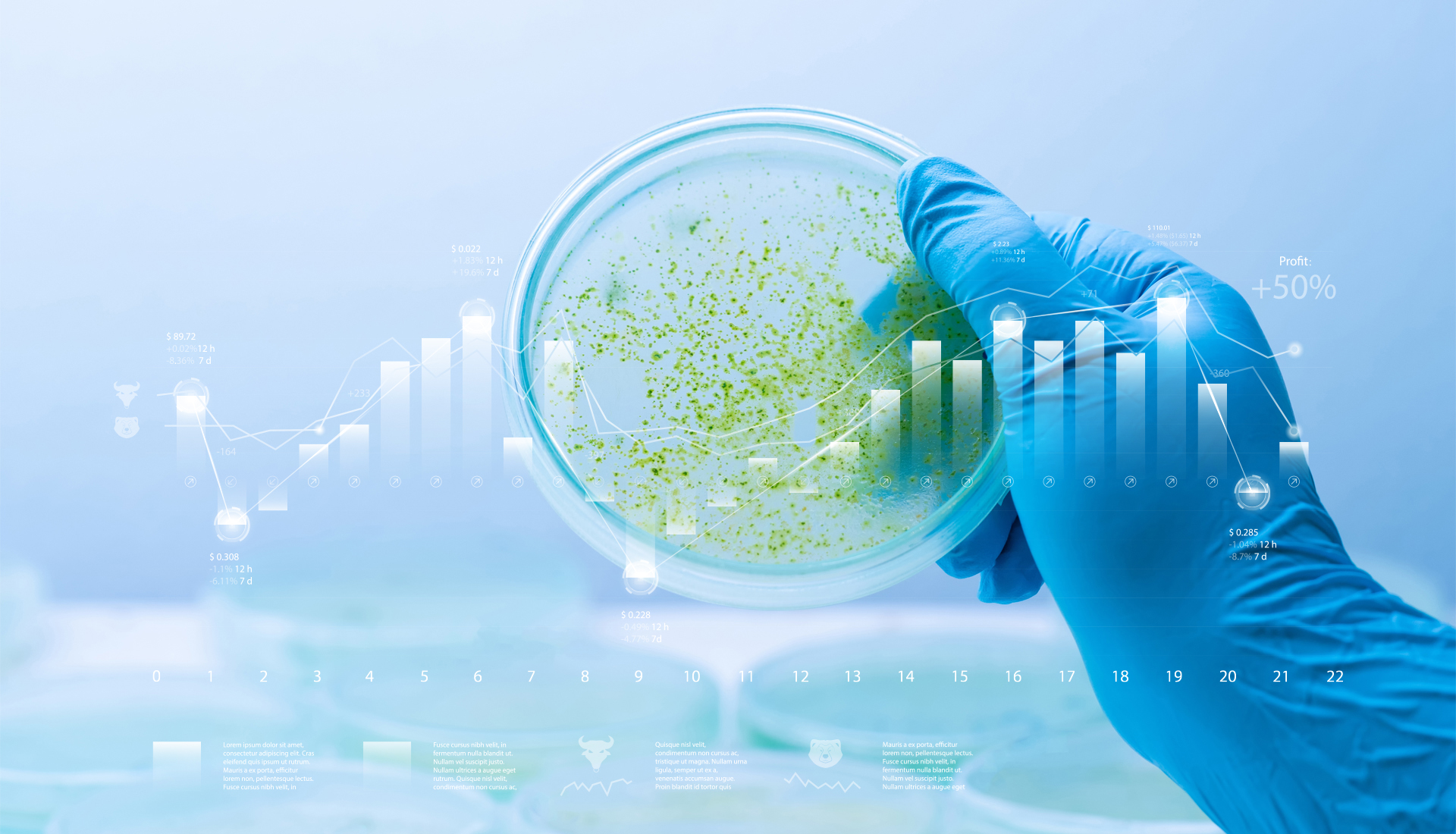@Lgawarning
Monitoring of Toxic Microalgae
Harmful algal blooms are rapid accumulations in the algal population within freshwater or marine water systems. Various types of algae can produce toxins that threaten human health and the safety of fish products and may be responsible for killing wild or aquaculture fish, interfering with the recreational use of coastal or inland waters and causing economic losses. Their worldwide increase and expansion in recent times is probably due to climate change and eutrophication, but there is no clear idea about the global trend of harmful algal bloom events. The @lgawarning platform aims to collect and display on a map the photo reports created worldwide via the @lgawarning mobile app iOS and Android.
The app is the basis of a participatory environmental monitoring system of algal blooms that allows reports on the abnormal presence of microalgae in aquatic environments to be transmitted directly from the survey site. The app allows water samples to be viewed and photographed at the microscopic level and the individual algal cells in them to be counted. The @lgawarning platform was realised thanks to funding from the EUROTRANS-BIO programme (12th transnational call F/00028/02/X37) and the European Union’s Horizon 2020 research and innovation programme (NAUTILOS – No. 101000825).
For details Nautilos.

The project, coordinated by ETT SpA and DIMES University of Genoa, involved the development of:
- A smartphone-based support system for in situ monitoring of algae in the water sample;
- A laboratory procedure for automatic counting of different algae species;
- A comprehensive toxicological analysis of marine samples based on in vitro methods;
- A specific web platform to collect, integrate and archive data obtained from different analytical systems (in situ and laboratory)
